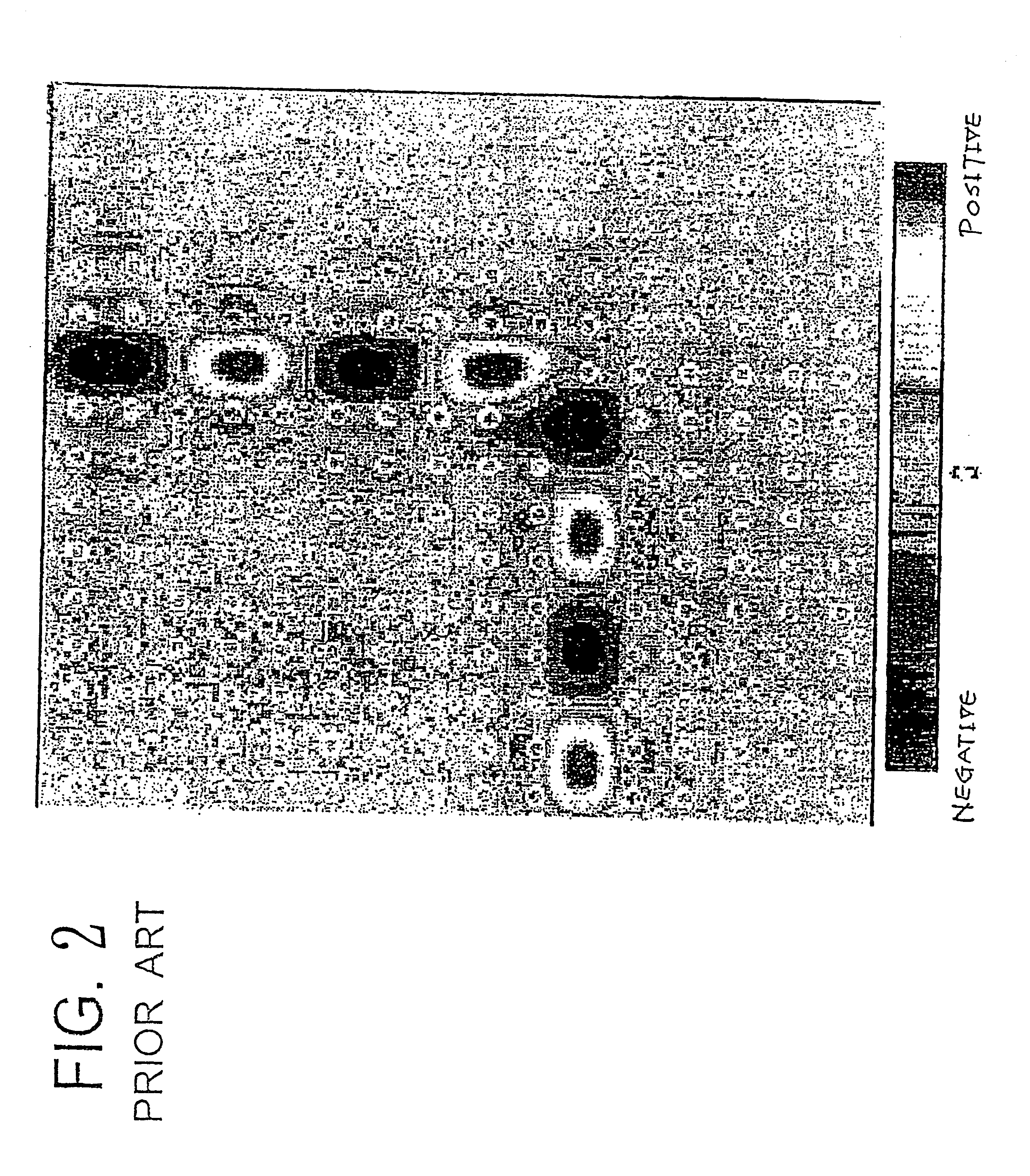Self-waveguide optical circuit
a self-waveguide, optical circuit technology, applied in the direction of optical waveguide light guide, instruments, nanotechnology, etc., can solve the problems of large volume, large size of collimator itself, and severe conditions to an accuracy
- Summary
- Abstract
- Description
- Claims
- Application Information
AI Technical Summary
Problems solved by technology
Method used
Image
Examples
embodiment 1
As shown in FIG. 7, a self-waveguide optical circuit of the present invention is formed by an optical circuit substrate 15, a razor 11 and a receptor element 16 connected to the both edges of the optical circuit substrate 15, and an optical fiber 17. In the optical circuit substrate 15, a first photonic crystal 12, a second photonic crystal 13 and a third photonic crystal 14 are partially formed.
As described later, rays propagate from the razor 11 to the optical fiber 17 and to the receptor element 16 through the photonic crystals 12, 13 and 14. Part of the rays diverge at the photonic crystal 13 to enter into the optical fiber 17.
The photonic crystals 12, 13 and 14 may be the same as that shown in FIGS. 3A and 3B, and have the composition and the structure already mentioned. An SiO.sub.2 buffer is positioned on an Si substrate, and SiO.sub.2 layers and amorphous Si (a-Si) layers both having the shapes reflecting the concave-convex of the triangular lattice of the SiO.sub.2 buffer a...
embodiment 2
A self-waveguide optical circuit of a second embodiment shown in FIG. 8 has an optical circuit substrate 23 forming a photonic crystal 22 on the whole surface, an incident ray side-optical fiber 21 and exit side-optical fibers 24. The structure of the photonic crystal 22 may be the same as that shown in FIGS. 3A, 3B and 3C. However, the direction of the photonic crystal 22 is selected to have the condition of "a" in FIG. 4A.
Then, the operation of the self-waveguide optical circuit of Embodiment 2 will be described referring to FIG. 8.
The exit rays from the incident ray side-optical fiber 21 are incident on the photonic crystal 22. The rays spreading in fan-shape as shown in FIG. 6A because the crystal direction is selected to have the direction "a" shown in FIG. 4A.
The propagation rays spreading in fan-shape as shown at 25 are separately incident on a plurality of the exit side-optical fibers 24 disposed on the opposite side. The exit rays from the photonic crystal advantageously ha...
PUM
 Login to View More
Login to View More Abstract
Description
Claims
Application Information
 Login to View More
Login to View More - R&D
- Intellectual Property
- Life Sciences
- Materials
- Tech Scout
- Unparalleled Data Quality
- Higher Quality Content
- 60% Fewer Hallucinations
Browse by: Latest US Patents, China's latest patents, Technical Efficacy Thesaurus, Application Domain, Technology Topic, Popular Technical Reports.
© 2025 PatSnap. All rights reserved.Legal|Privacy policy|Modern Slavery Act Transparency Statement|Sitemap|About US| Contact US: help@patsnap.com



